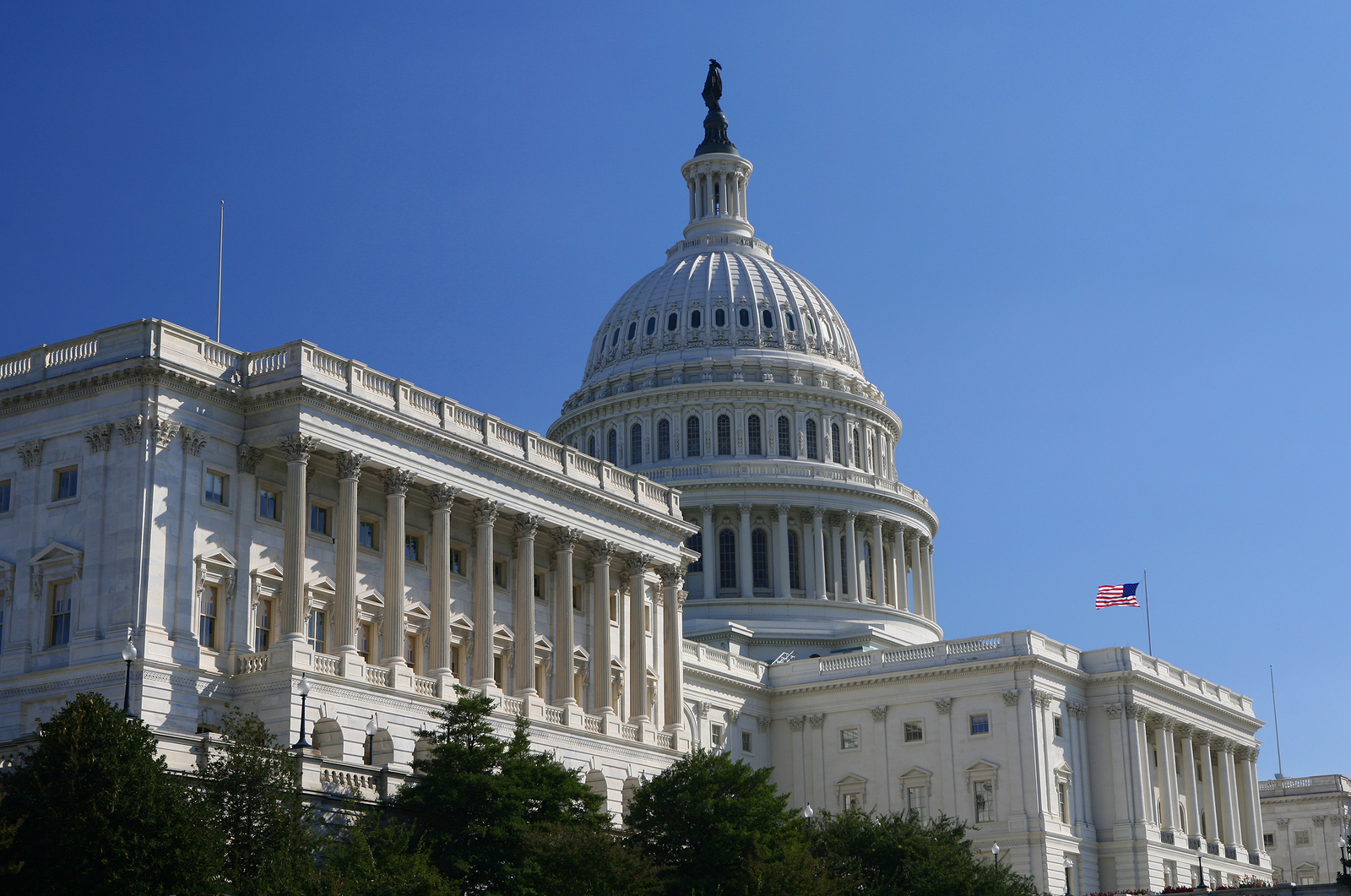Budget Talks Stir Joint-Employer Debate

Congress is currently working to pass a spending bill to fund the government with some lawmakers urging provisions to roll back an Obama-era rule.
Congressional Republicans are working to pass a $1.3 trillion omnibus spending bill before a deadline Friday. The federal government will shut down again if they are unsuccessful. A handful of lawmakers have urged their colleagues to include provisions that roll back changes the last administration made to the joint-employer standard.
The Competitive Enterprise Institute (CEI) recommended that idea alongside other free-market groups in a letter to lawmakers March 13. They specifically recommended a bill that passed the House. Republican Rep. Bradley Byrne, who introduced the bill, expressed his support for including it in the budget not long after.
“I strongly support including the Save Local Business Act in any government funding bill,” Byrne said on social media. “Alabama’s [small business] owners and employees need clarity on the [joint employer] issue.”
Some other lawmakers and business groups have since announced their support for the idea as well. The updated joint-employer standard gained a lot of attention among lawmakers and business groups with critics arguing it will hurt employers and workers. The National Labor Relations Board (NLRB) brought about the changes in 2015.
Byrne introduced the bill to roll back the updates and prevent more drastic changes in the future. The legislation is intended to clearly define that the previous interpretation of the joint-employer standard is correct. The bill also addresses the patchwork of other legal interpretations from various courts and federal agencies.
“Save Local Business Act should be in the 2018 omni to provide clarity to small businesses on [joint employer],” Rep. Henry Cuellar said Tuesday. “[Small businesses] should know the rules.”
Congressional leaders have worked to formulate a spending bill that can pass before the shutdown deadline. Bloomberg Law reported Wednesday that their sources say a joint-employer fix will not be included. Congress plans to unveil its spending bill Wednesday – but will still need to rush to pass it, according to CNN.
The joint-employer standard determines whether an employer is legally responsible for the employees of a company it contracts with. Critics argued the update is overly vague and put employers at unnecessary legal risk. Employers take on a lot of legal burdens and potential costs when they become joint-employers.
The joint-employer standard was previously determined based on whether a company had direct control over the employment policies of another business. That control could be over policies like wages, the hiring process, or scheduling. The updated standard is instead determined based on what is known as indirect control.
Former President Barack Obama’s nominees had control of the board when it updated the standard. President Donald Trump entering office renewed hope that the updated joint-employer standard was going to be killed. But the fight to defeat the new standard has proven to be tough.
“Because the bill has stalled in the Senate, the best way to ensure swift action on this bipartisan solution is to include it in the omnibus appropriations bill,” Rep. Ron Estes wrote March 14 in an op-ed for The Washington Examiner. “That’s why I’m urging House and Senate leadership to provide clarity now and fix this disastrous Obama-era regulation.”
The NLRB was able to update the standard by setting a new legal precedent when ruling in a case involving Browning-Ferris Industries. The update made it a lot easier to declare a company a joint-employer – which put employers at a lot more legal risk. Supporters argue that the change was needed to prevent employers from sidestepping their responsibilities.
The new NLRB was able to change back the updated standard when ruling in a case involving Hy-Brand Industrial Contractors. But the updated joint-employer standard was able to survive. The board decided to vacate that decision Feb. 26 over a possible conflict of interest involving board member William Emanuel.
The updated joint-employer standard is potentially far-reaching with so many businesses contracting together. The franchise model was of particular concern since it relies on large brand names contracting with many smaller and independently-owned businesses.



